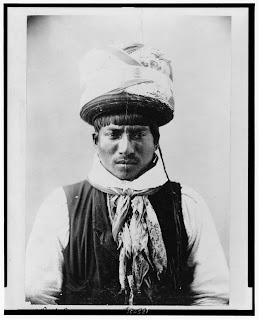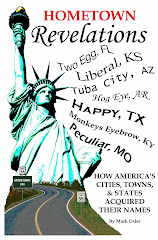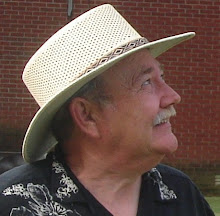San Juan Capistrano, CA
Father Junipero Serra started a mission here around 1775. He convinced a Spanish Captain that a settlement was needed between the long journeys from San Diego to San Gabriel. Father Serra named his new mission after Saint John of Capistrano, Italy. Shortly after, local Indians attacked the nearby settlement of San Diego. Father Serra quickly buried the Mission’s bells to secure them from an anticipated Indian attack. A year later, Father Serra dug up the bells and friendly Indians helped build his church and other buildings for the community. San Juan Capistrano is famous for the annual return of swallows. Legend has it, that the swallows were scared off by an innkeeper who hated these birds. The swallows were known for building muddy nests. The innkeeper destroyed all of their nests and the swallows took refuge in the mission. October 23rd is San Juan Day. This is a holiday where the citizens celebrate the leaving of the swallows. The swallows return around March 19th. During this time the mission rings its bells and many visitors and local residents gather to celebrate their return.
Photo courtesy of Library of Congress



























